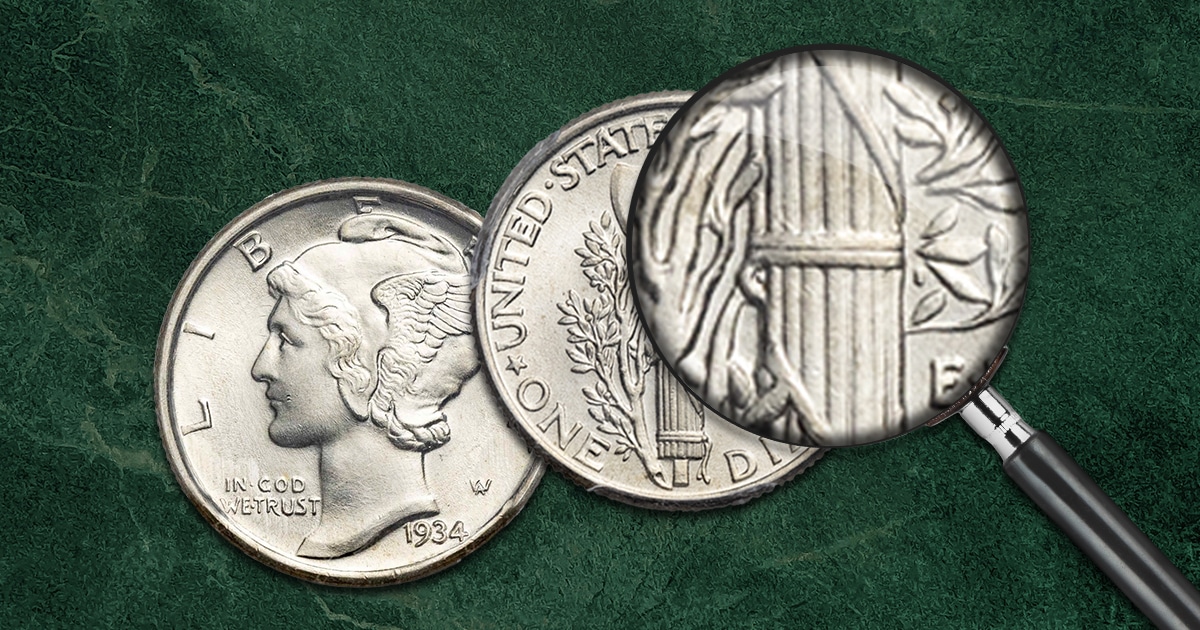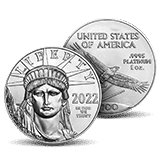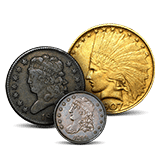
Full Bands on a Mercury dime refers to fully formed and separated pairs of horizontal bands on the fasces found on the reverse of the dime. The fasces is the symbolic bundle of rods with an axe head that comprise the primary reverse design element of the Mercury dime.
Achieving Full Bands status requires complete and distinct visibility of the central band along with the two outer bands. This condition is highly coveted among collectors, serving as a hallmark of a well-struck and intricately detailed coin.
It is essential to understand the anatomy of the fasces design element. The fasces, resembling a bundle of sticks and an axe entwined with olive leaves, feature three sets of twin belts, known as bands.
The Full Bands designation specifically pertains to the central set of bands, exhibiting a crisp and unbroken split down the middle. This level of detail is a telltale sign of a sharp strike.
The allure of Full Bands extends beyond mere aesthetics. It reflects the minting process, indicating a level of precision and quality that collectors value. Full Bands can prove challenging to find, particularly in the case of early branch mint strikes, like the elusive 1916-D Mercury dime.
With a mere 264,000 pieces minted, most of which circulated widely before being saved by astute collectors, the 1916-D stands as a testament to the scarcity of Full Bands in early releases.
However, the intrigue doesn’t end with early mintages. Surprisingly, even later dates, such as the 1945-P Mercury dime, present a challenge in obtaining the coveted Full Bands designation. The 1945 Philadelphia Mint produced 231,410,000 coins, yet finding one with the central bands crisply defined adds an extra layer of desirability for collectors. The Mercury dime, also known as the Winged Liberty Head dime, graced the pockets of Americans from 1916 to 1945 with a total of 2,676,523,880 coins across the series.
Among these 2.6 billion Mercury Dimes, collectors may seek examples of higher mintage dates like the 1940 Mercury Head Dime for their connection to the iconic era of American coinage.
How Does PCGS Grade Full Bands?
Qualifying for a Full Bands PCGS designation requires more than just the middle bands.
To receive a PCGS Full Bands label, Mercury dimes must be in an MS-60 grade or greater in addition to having full bands. An exception is made for the 1916-D Mercury dime and the 1942/1 and 1942/1-D overdates.
These are eligible for a Full Bands designation at an AU-50 score. There cannot be any interruption in the separation of the bands, including surface imperfections, gouges, or nicks.
How Does NGC Grade Full Bands?
To qualify for the NGC Full Bands designation, a Mercury dime must have full separation of the middle bands, including a small, recessed area between the individual bands.
The top and bottom bands of the fasce must also demonstrate separation.
Are Full Band Mercury Dimes Valuable?
The scarcity of Mercury Dimes with Full Bands details has translated into a substantial premium in the market for coins that exhibit this level of detail, recognizing the rarity and craftsmanship involved in their production. The quest for Full Bands becomes a journey for enthusiasts, an exploration of history through the lens of numismatics. Today, Mercury dimes remain a popular coin for collectors of all kinds.




